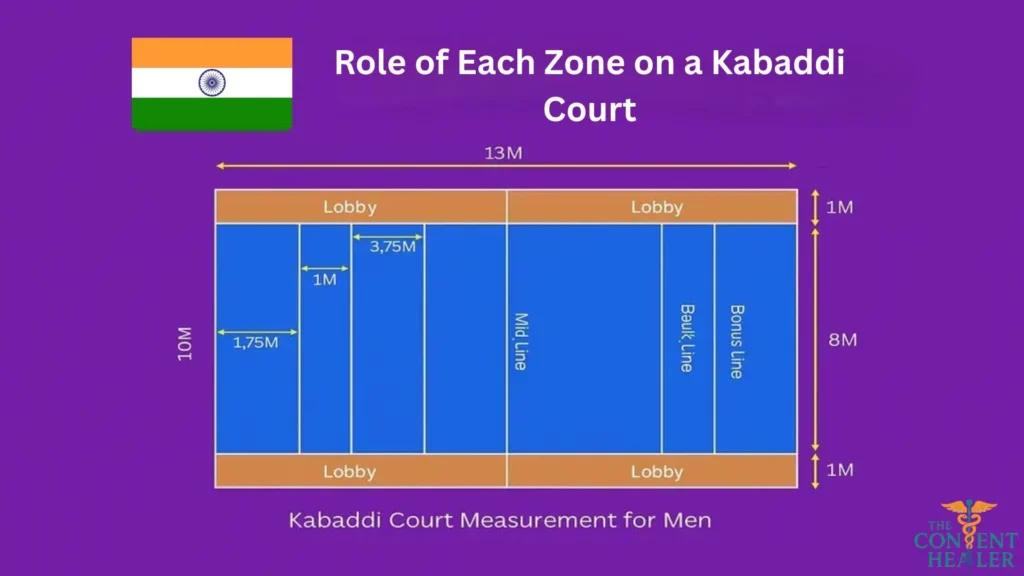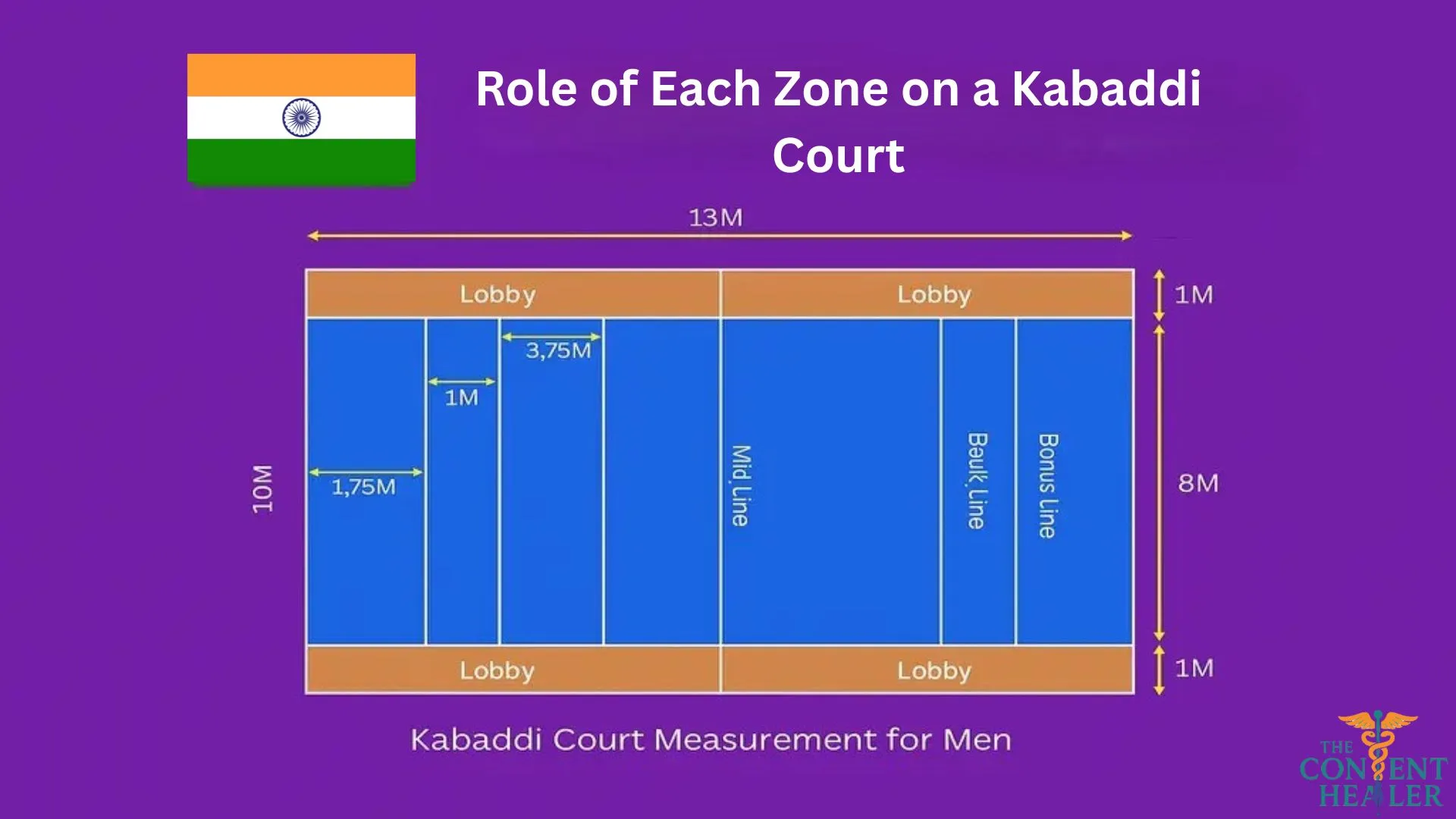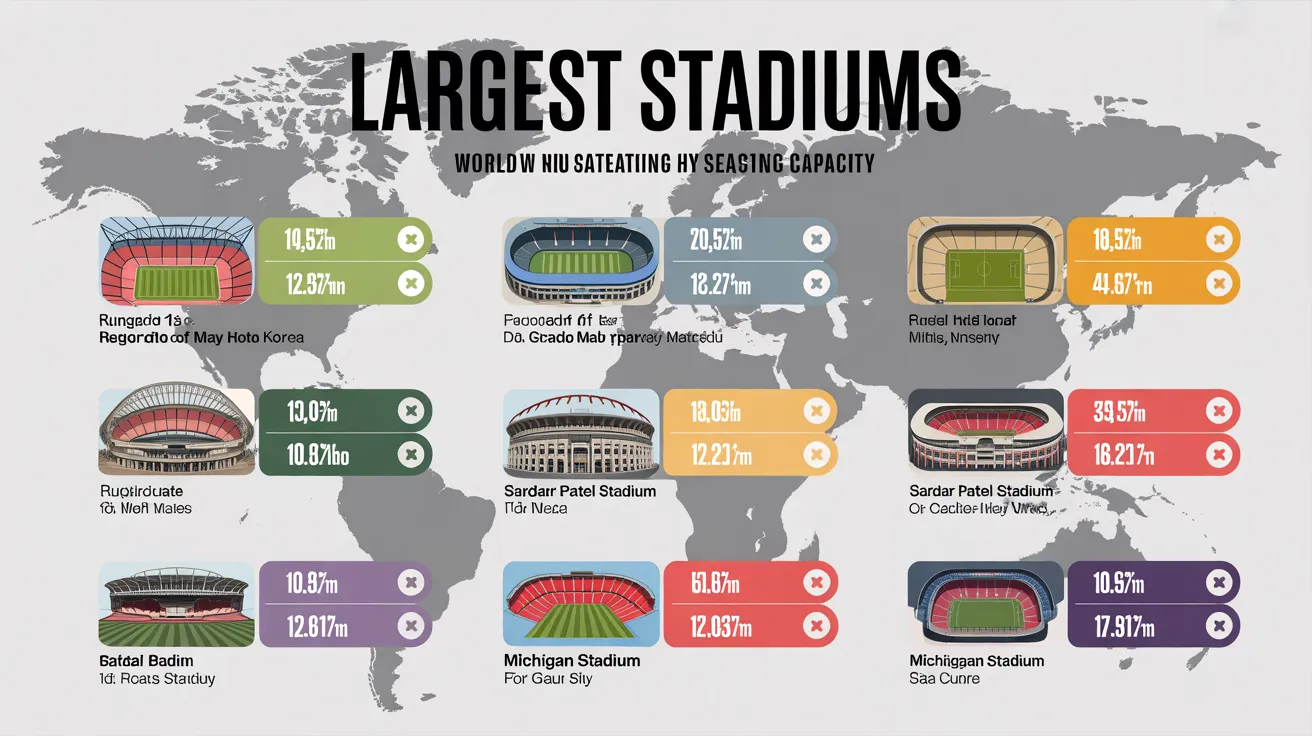The kabaddi court is where strength, strategy, and agility come together. Every line and zone on the court has a purpose shaping how the game is played and won. Whether it’s a school match or a Pro Kabaddi League showdown, understanding the layout of a kabaddi court helps both players and fans appreciate the sport better.
Kabaddi isn’t just about chanting “kabaddi, kabaddi”; it’s a battle of precision. Each zone defines how a raider attacks and how defenders trap. Let’s break down every section of the kabaddi court and understand its role in the game.
Kabaddi Court Dimensions and Structure
A kabaddi court is rectangular, divided into two equal halves by a center line.
- Men’s court size: 13m x 10m
- Women’s court size: 12m x 8m
The court surface can be made of mud, synthetic mat, or indoor flooring depending on the tournament level. Markings are drawn using white lines or tape, defining zones such as the baulk line, bonus line, and lobby area.
These markings are not random; they control how each player moves, scores, and defends.
Quick Tip: In professional kabaddi, synthetic mats are used to ensure player safety and faster gameplay.

Center Line – The Battle Divider
The center line splits the kabaddi court into two halves. Each team occupies one side, with raiders crossing this line to invade the opponent’s half.
When the raider crosses the center line, the game officially begins. Their goal is to tag defenders and return to their half without being caught. If they fail to cross back safely, they are declared out.
The center line defines the transition between attack and defense; it’s where strategy begins.
Baulk Line – The First Challenge
The baulk line is drawn 3.75 meters from the center line. For a raid to be valid, the raider must cross this line after entering the opponent’s half.
If a raider fails to reach the baulk line before returning, the raid is invalid no points are scored. This line ensures that raiders move deep enough into enemy territory instead of playing it safe near the border.
In simple words: The baulk line is the “minimum challenge zone” that separates cautious raids from courageous ones.
Bonus Line – The Risk Zone for Extra Points
Located just beyond the baulk line, the bonus line is where skilled raiders earn extra points. To score a bonus, a raider must have one foot inside the bonus line while keeping the other foot in the air without being tackled.
This line tests balance and timing. Bonus points can turn the tide of a close match, especially during critical moments.
Example: In Pro Kabaddi matches, players like Pardeep Narwal and Naveen Kumar have used the bonus line brilliantly to rack up points.
The bonus line adds thrill and rewards technique on every kabaddi court.
Lobby Area – The Danger Zone
The lobby is the outer rectangular strip along both sides of the kabaddi court. Players cannot enter the lobby unless physical contact is made during a raid.
If a raider or defender steps into the lobby without a touch, they are declared out. However, once contact happens, both players can use the lobby freely.
This rule adds a tactical layer players often lure opponents into stepping out of bounds.
In essence: The lobby is a mind game: step too early, and you’re out; step at the right time, and you escape a tackle.
End Line – The Final Boundary
At each end of the kabaddi court lies the end line, marking the final limit of a team’s half. If a raider crosses this line without tagging an opponent, they are out of bounds and lose the point.
The end line defines spatial awareness; it reminds players how far they can push without risking elimination. It’s the ultimate boundary separating victory from defeat.
The Role of Each Zone in Kabaddi Strategy
Each part of the kabaddi court influences strategy and teamwork:
- Raiders use the baulk and bonus lines to decide how deep to go.
- Defenders position themselves near the center and baulk lines to anticipate attacks.
- Lobbies become traps defenders push raiders out, while raiders use them to escape.
This dynamic interaction between lines makes kabaddi one of the smartest contact sports in the world.
Example: A skilled raider might fake a step beyond the baulk line to trick defenders into committing early a strategy that only works if they understand every line’s role perfectly.
Pro Kabaddi Court vs Traditional Kabaddi Ground
While traditional kabaddi courts are made of mud or soil, professional matches use synthetic mats to prevent injuries.
| Feature | Traditional Court | Pro Kabaddi Court |
| Surface | Mud/Sand | Synthetic Mat |
| Lighting | Natural | LED & Indoor |
| Audience Space | Open field | Stadium setup |
| Markings | Chalk | Permanent paint/tape |
The kabaddi court in professional tournaments also uses color-coded zones for better visibility and referee clarity.
Read also – India vs Australia 2025 Series
Why Understanding the Kabaddi Court Matters
For players, the kabaddi court is like a chessboard. Every line is a tactical opportunity. Knowing where to step, when to retreat, and how to use each zone separates beginners from champions.
For fans, understanding these zones deepens the viewing experience. You’ll know exactly why a player stepped out, earned a bonus, or failed a raid.
Kabaddi is more than physical, it’s mental mastery on a marked rectangle.
FAQs About Kabaddi Court
1. What is the size of a kabaddi court?
A kabaddi court measures 13m x 10m for men and 12m x 8m for women, divided equally by a center line.
2. What are the main zones of a kabaddi court?
A kabaddi court includes the center line, baulk line, bonus line, lobby area, and end line — each serving a unique purpose.
3. What is the role of the bonus line in kabaddi?
It allows a raider to earn one extra point by stepping on or across it while keeping one foot in the air without being tackled.
4. What happens if a player enters the lobby without a touch?
If no contact is made, the player (raider or defender) stepping into the lobby is declared out immediately.
5. What is the difference between Pro Kabaddi and traditional kabaddi courts?
Pro Kabaddi uses a synthetic mat and color-coded zones, while traditional kabaddi is played on mud with chalk markings.
Conclusion: Mastering the Kabaddi Court
The kabaddi court is more than just lines and zones, it’s the stage for strategy, strength, and speed. Each section tells a story, shaping how players attack, defend, and win.
In the Pro Kabaddi League (PKL), every inch of the kabaddi court matters. The smartest raiders use the bonus line for extra points, while defenders form unbreakable chains near the baulk line. Understanding each zone’s purpose is what separates good players from legends.
If you dream of becoming a great kabaddi player, start by mastering your court. Because in kabaddi whether it’s a local match or the high-stakes Pro Kabaddi League knowing your zone is half the victory.





